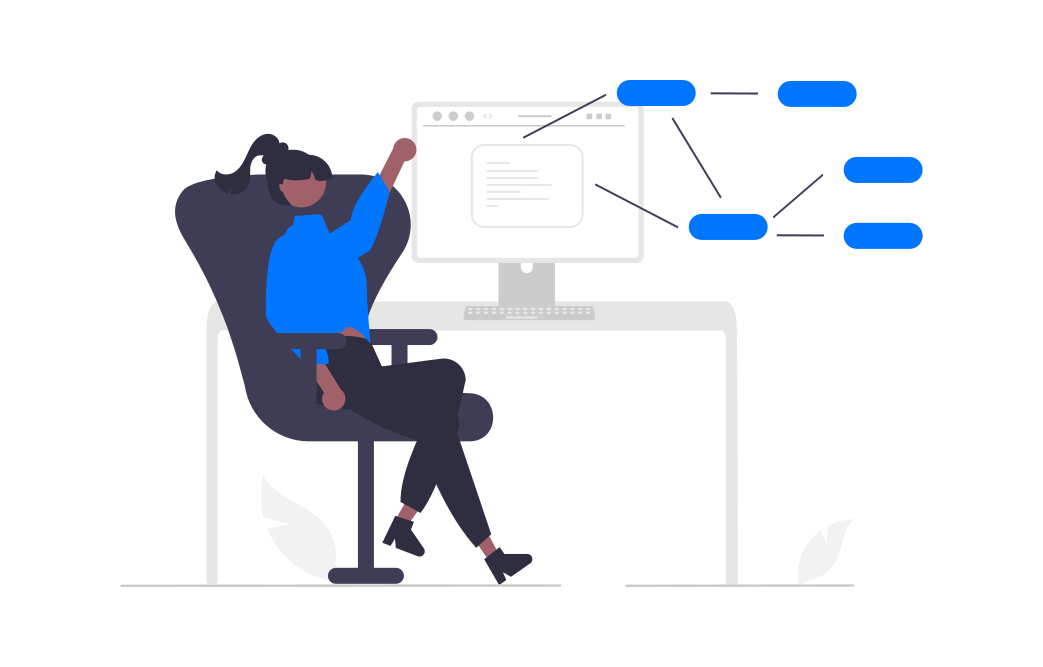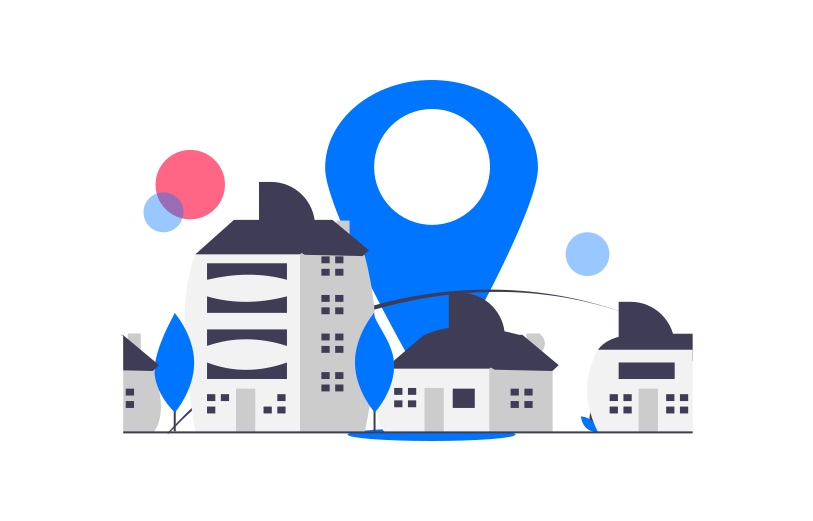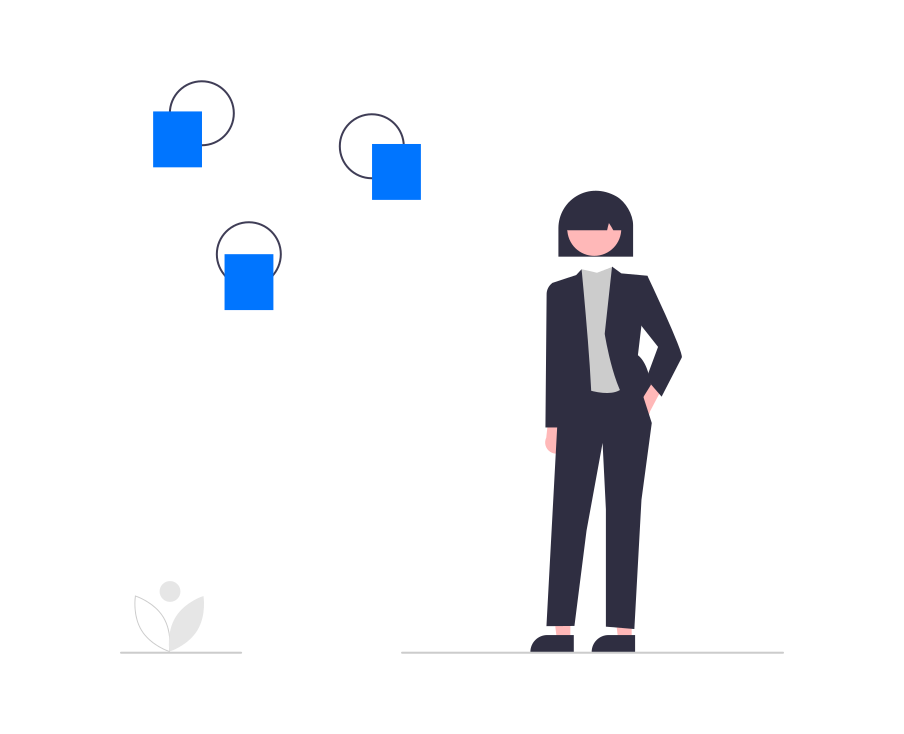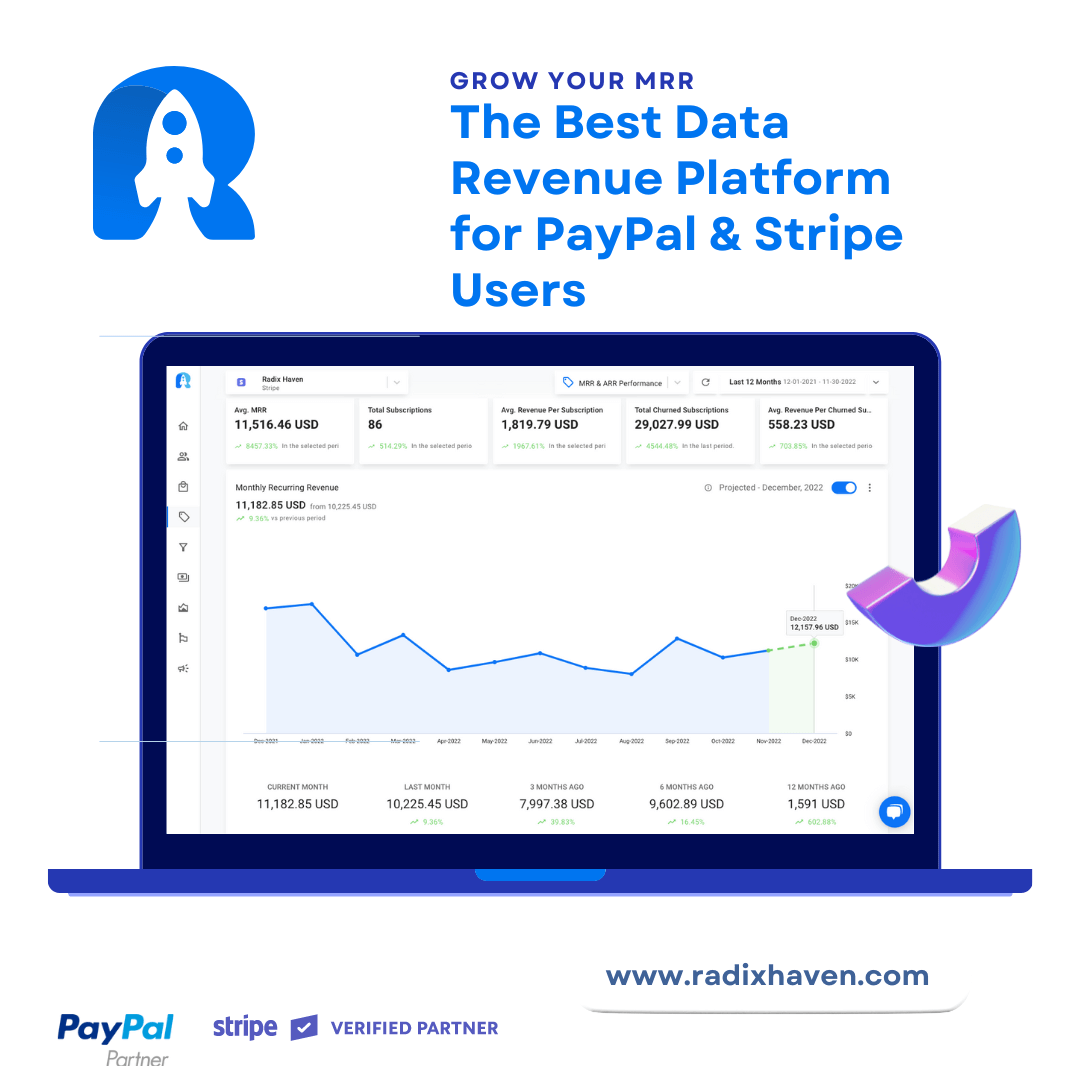As a SaaS company, pricing is one of the most important aspects of your business. It can make or break your company’s success. The challenge is scaling your pricing strategy to cater to both B2B and B2C customers. In this blog post, we will discuss some tips and strategies for scaling SaaS pricing for both B2B and B2C customers.

Understanding the Difference Between B2B and B2C Customers
Before we dive into scaling SaaS pricing, it’s essential to understand the difference between B2B and B2C customers. B2B customers are other businesses or organizations that purchase your SaaS product for their own use or to resell. B2C customers, on the other hand, are individual consumers who purchase your SaaS product for their personal use.
B2B customers are usually more willing to pay higher prices for your SaaS product because they are purchasing it for their business needs. They are looking for solutions to their specific business problems and are more concerned with the ROI your product will provide. B2C customers, on the other hand, are more price-sensitive and are looking for affordable solutions that meet their personal needs.
Understanding the difference between these two types of customers is crucial when scaling SaaS pricing. You don’t want to price your SaaS product too high for B2C customers and miss out on potential sales, but at the same time, you don’t want to price it too low for B2B customers and leave money on the table.

Strategies for Scaling SaaS Pricing for Both B2B and B2C Customers
1) Tiered Pricing
One of the most popular pricing strategies for SaaS companies is tiered pricing. Tiered pricing involves offering different levels of pricing plans based on the features and functionalities of your product. This strategy allows customers to choose a pricing plan that best suits their needs and budget.
For B2B customers, you can offer more comprehensive pricing plans with additional features and functionalities that cater to their specific business needs. For B2C customers, you can offer more affordable pricing plans with fewer features and functionalities.
2) Freemium Model
Another popular pricing strategy for SaaS companies is the freemium model. The freemium model involves offering a free version of your product with limited features and functionalities. Customers can then upgrade to a paid version to access additional features and functionalities.
For B2B customers, you can offer a free version of your product with basic features and functionalities to help them get started. As they grow their business and require more advanced features, they can upgrade to a paid version. For B2C customers, you can offer a free version of your product with limited features and functionalities to attract them to your product. Once they see the value in your product, they can upgrade to a paid version for more advanced features.
3) Pay-Per-Use Model
The pay-per-use model involves charging customers based on their usage of your product. This pricing strategy is ideal for businesses that use your product frequently and require ongoing access to your product’s features and functionalities.
or B2B customers, you can offer a pay-per-use model that allows them to pay for the exact number of features and functionalities they require. This pricing strategy ensures they are only paying for what they use, making it more cost-effective. For B2C customers, you can offer a pay-per-use model that charges them based on their usage of your product, making it more affordable for them.
4) Bundle Pricing
Bundle pricing involves offering a package of your products or services for a discounted price. This pricing strategy is ideal for businesses that require multiple products or services to meet their specific needs.
For B2B customers, you can offer bundle pricing that includes all the features and functionalities they require, making it more convenient and cost-effective. For B2C customers, you can offer bundle pricing that includes multiple products or services that cater to their specific needs, making it more attractive and affordable for them.
5) Dynamic Pricing
Dynamic pricing involves changing your pricing based on various factors such as demand, time of day, and location. This pricing strategy is ideal for businesses that experience fluctuating demand for their products or services.
For B2B customers, you can offer dynamic pricing that changes based on the number of users, the frequency of usage, and the level of access they require. This pricing strategy ensures they are only paying for what they need, making it more cost-effective. For B2C customers, you can offer dynamic pricing that changes based on the time of day or location, making it more attractive and affordable for them.

The Importance of Data Analytics in Scaling SaaS Pricing
Data analytics plays a critical role in scaling SaaS pricing for both B2B and B2C customers. By analyzing customer data, you can gain insights into their behavior, preferences, and needs, allowing you to tailor your pricing strategy to their specific needs.
Data analytics can also help you identify pricing trends and patterns, allowing you to adjust your pricing strategy accordingly. For example, if you notice a decline in sales for a particular pricing plan, you can adjust the pricing or features to make it more attractive to customers.
Using Radix to Reduce Churn and Boost Overall KPIs
Finally, using Radix can help you reduce churn and boost overall KPIs. Radix is a platform that helps SaaS companies optimize their pricing strategy based on customer data, allowing you to make data-driven decisions and reduce churn.
Radix offers features such as cohort analysis, pricing experiments, and customer segmentation, allowing you to identify pricing trends and patterns and adjust your pricing strategy accordingly. By using Radix, you can reduce churn, increase customer satisfaction, and boost overall KPIs, making it a valuable tool for scaling SaaS pricing.

Conclusion
Scaling SaaS pricing for both B2B and B2C customers is a complex process that requires careful consideration and analysis. By understanding the difference between B2B and B2C customers and using pricing strategies such as tiered pricing, freemium model, pay-per-use model, bundle pricing, and dynamic pricing, you can cater to the specific needs and preferences of your customers.
Data analytics plays a critical role in scaling SaaS pricing, allowing you to gain insights into customer behavior, preferences, and needs. By using Radix, you can optimize your pricing strategy based on customer data, reduce churn, and boost overall KPIs, making it a valuable tool for scaling SaaS pricing.





